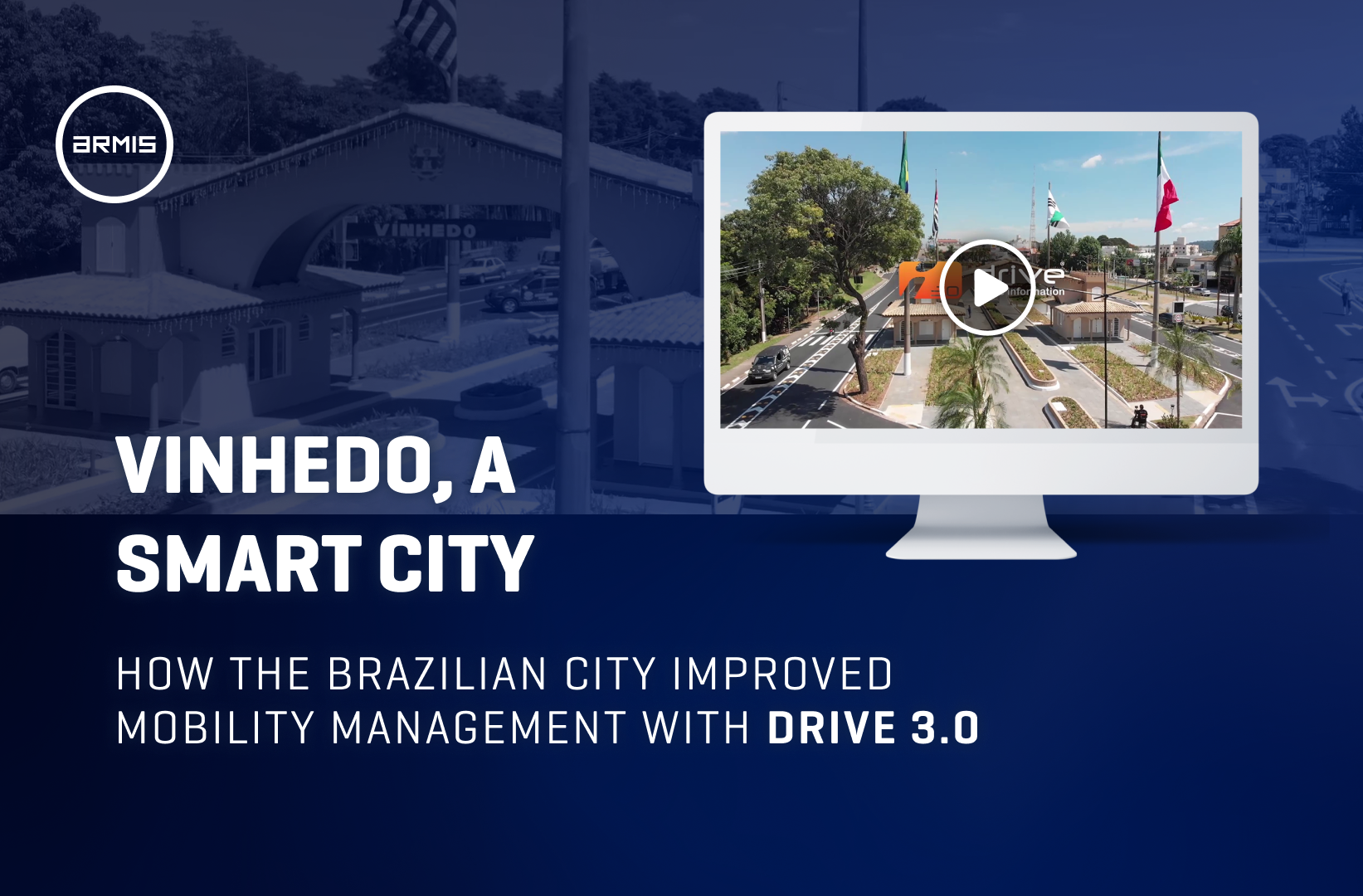
Implementing C-ITS technologies in urban environments
 blog
blog
C-ITS involves a technological framework that facilitates efficient communication among different components of transportation systems and presents several benefits in urban environments.
Intelligent transportation systems, in essence, aim to offer groundbreaking services pertaining to diverse transportation modes and traffic control. These systems empower various users with improved information, facilitating safer, more synchronized, and more intelligent utilization of transportation networks.
Globally, cities are striving to achieve their mobility goals, including optimizing traffic flow, enhancing road safety, and promoting sustainability. However, these efforts are accompanied by financial and infrastructural limitations. In Europe, for example, these concerns have gained significant prominence, driven by the goals established by the European Commission. For instance, the EC aims to decrease road fatalities by 50% and lower greenhouse gas emissions by 55% by the year 2030. Furthermore, the European region is actively engaged in initiatives to improve traffic efficiency.
But, one of the main challenges faced while implementing new ITS solutions within urban areas is the lack of coordination and collaboration among different stakeholders (such as road operators, public transport operators or original equipment manufacturer representatives).
In this sense comes the importance of Cooperative Intelligent Transport Systems (C-ITS), which constitutes a specialized domain within ITS, focusing on the exchange of information between vehicles and infrastructure for enhancing road safety and optimizing traffic flow. C-ITS operates on the principle of inclusive communication, where every participant, be it a vehicle, a traffic signal equipped with technology, or even a cautionary trailer for road work, can engage in communication with others using standardized and mutually compatible protocols. Upon installation of the necessary technology in a vehicle or infrastructure component, it can seamlessly join the network, adopting a "bring-your-own-device" approach and integrating into a larger interconnected system.
C-ITS involves a technological framework that facilitates efficient communication among different components of transportation systems. One prominent initiative in this field is C-Roads, which aims to establish interoperable cross-border C-ITS services for road users. The main objective of C-Roads is to create precise specifications and agreements that guarantee a unified and compatible deployment of infrastructure-based C-ITS solutions.
New C-ITS services are currently on the pipe-line for being harmonized and specified by C-Roads in the upcoming years, such as Dynamically Controlled Zones for:
- Zone access control in urban areas (UVARs)
- Dynamic Environmental Zone and Loading zone management
- Navigation Information (Smart Routing, Parking Information, HD-Cartography)
- Automated Vehicle Guidance (Situation Based Distance Gap, Vehicle Type and Lane Specific Speed Limit/Recommendation)
- Road Works Warning (Extended Work Zone).
Benefits of Implementing C-ITS technologies in urban environments
As many cities in Europe are deploying ITS and C-ITS services in real-world projects many benefits are recognized from their use for a more sustainable urban mobility. Since ITS and C-ITS solutions are tailored to cities as well as to the needs and priorities of the different stakeholders involved the ultimate precise benefits depend on the specific field implementation.
These are some of the biggest benefits of this implementation:
- Traffic planning and control
- Traffic congestion reduction
- Reduction of emissions
- Public transport optimization
- Intersection safety and traffic signs optimization
- Enhanced road safety
- Improved accessibility and inclusion
Due to the distinctiveness of each city, C-ITS solutions necessitate customization according to the local circumstances and alignment with the city's aspirations and broader policy objectives. Proficiency from diverse domains is essential to tackle the societal, economic, and environmental complexities inherent in urban mobility.
Equally important is the technical expertise to comprehend the impacts and consequences of C-ITS technologies. The collaborative spirit required between cities extends across administrative tiers and transcends geographical boundaries, encompassing cities, regions, and national demarcations. In essence, national, regional, and local authorities should transition from isolated approaches and adopt a holistic perspective, integrating user viewpoints and engagement even concerning technology aspects.
To standardize different types of messages to communicate, the project is built with the support and alignment of Car2car, to ensure an implementation that redirect to a forward-looking strategy that must be fully aligned with vehicle industry.
ARMIS’s role in C-ITS Deployment
Through its ITS Consulting Service, ARMIS has been managing the C-Roads project and coordinating what the European cities are implementing, from intelligent traffic light management with vehicle-infrastructure connectivity and many more aspects, involving more than 55 European cities. Besides consulting and ITS project management services, a strong focus is given on the use of data science and artificial intelligence techniques.
Also, the role of ARMIS in the NAPCORE project is also connected to this topic through the development of data standards such as DATEX II and TN-ITS. ARMIS is involved in both standardization group, as well as in the development of NAP (National Access Points) requirements, so that these data is available and standardized in every country.
On the other hand, ARMIS is also contributing with ITS in Asia and presented the result of the study supporting the dialogue between the European Commission and the Association of Southeast Asian Nations (ASEAN) for the definition of ITS Master Plan guidelines.
Besides its services, ARMIS offers the market highly sophisticated and extensive ITS products such as Drive 3.0 aimed to support the real-time operation and management of road infrastructure and Way4Smart which gives an orchestrating vision of mobility in urban environments.
Ligia Conceição
Senior ITS Consultant - ARMIS ITS
Share this article:
Prepare your company and your employees for the future. Contact us!





